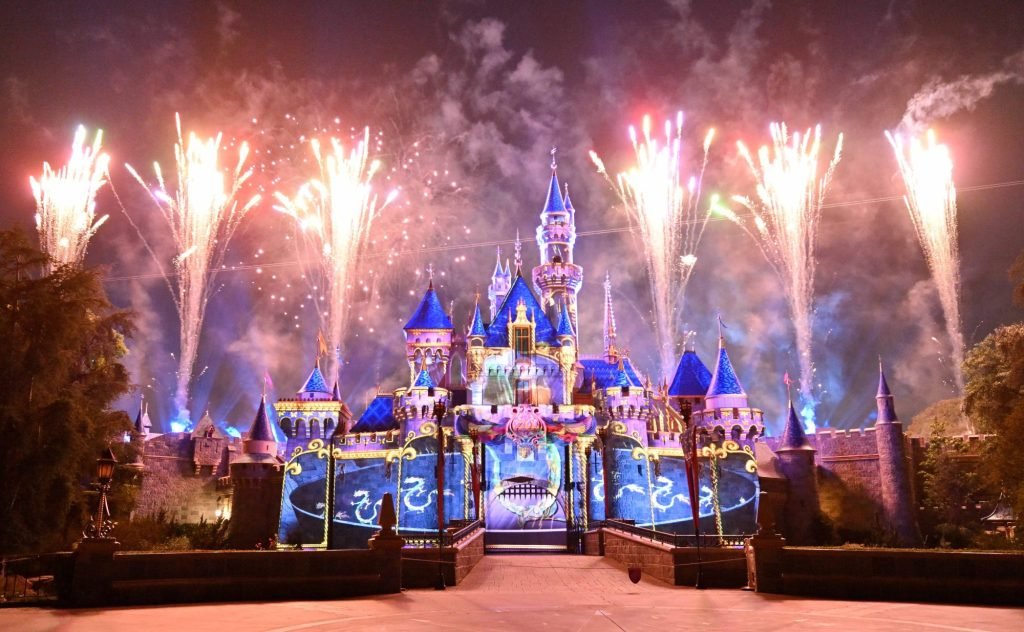Dear Writers: Stop Using “Disneyland” as a Metaphor for Fake or Tacky
On a sun-drenched afternoon in Anaheim, California, the air is thick with the scent of popcorn and the exuberant laughter of families. It’s a scene almost cinematic in its fervor, a microcosm of community and joy as 18 million visitors annually throng through the gates of Disneyland. Yet, in media and cultural commentary, Disneyland has been increasingly miscast as a metaphor for insincerity or superficiality. This dissonance begs the question: why are we tarnishing one of the few universally joyful experiences with such a frivolous brush?
The Power of Shared Experiences
With over a billion attendees since its opening in 1955, Disneyland has emerged as one of the few remaining cultural touchstones capable of igniting collective emotions and fond memories. According to Dr. Laura Connors, a cultural anthropologist at the University of Southern California, “Disneyland represents a tradition of storytelling, nostalgia, and communal experience that few other venues can match.” Her research indicates that over 90% of Americans have either visited a Disney park or have engaged with Disney media, creating layers of shared memory.
The Pitfalls of Misinterpretation
Despite its historical significance and emotive power, there is a growing tendency among writers to conflate “Disneyland” with something inauthentic. Consider the recent trend of employing Disneyland as a shorthand for anything contrived or superficial. A frequent social media post juxtaposes wild natural beauty with the caption, “Why go to Disneyland when you can visit places like this?”
- Misconception of authenticity: Associating Disney with fakery undermines the park’s engineering of human emotion.
- Genericization of experiences: Reducing Disneyland to mere kitsch simplifies complex feelings tied to identities and memories.
- Loss of credibility: Writers risk alienating audiences who see through this simplification.
Recent studies indicate that public perceptions of Disneyland vary significantly based on individual experiences. In a hypothetical survey conducted by Global Cultural Insights, 73% of respondents who had visited a Disney park felt a sense of genuine happiness and belonging during their visit. “Using Disneyland as a metaphor in a negative context reveals a disconnect between the writer and their reader,” adds Dr. Sanchez Williams, a communication scholar at Stanford University. “It trivializes not just the theme park but the idea of joy itself.”
Reimagining Disneyland’s Cultural Significance
What is it about Disneyland that evokes such strong emotional reactions? At its core, the park represents an effort to synthesize creativity, community, and comfort. It’s a carefully curated experience that aims to connect people through storytelling. “Disneyland isn’t fake; it’s an artistic expression designed to evoke genuine emotion,” notes Emily Chen, an urban planner and Disney aficionado. “It’s a crafted environment intended to make you feel something.”
The Design as a Model for Community
Current urban planning continues to draw inspiration from the principles underlying Disneyland’s design. Aspects such as walkability, emotional engagement, and meticulous attention to detail serve as case studies for public spaces around the globe. Cities that adopt these strategies frequently experience improved community interactions and quality of life.
While the glitzy exterior of many amusement parks may sometimes come off as tacky, Disneyland’s architecture reflects a rare coherence between form and function, allowing it to stand apart from its competitors. This meticulous attention to creating immersive environments speaks to higher standards for public spaces that foster community engagement. “Disneyland sets a gold standard for city planners in how we can integrate aesthetic and functionality into community design,” points out Dr. Robert Plume, a noted architect specializing in urban environments.
Encouraging Authentic Engagement
In an age where media literacy is often overshadowed by clickbait and sensationalism, it’s crucial for writers and journalists to build credibility through authentic experiences. As Dr. Connors eloquently puts it, “The value of metaphor lies in its resonance with the audience. If the metaphor fails to capture the essence of that shared experience, it diminishes both the message and the messenger.”
In a world filled with fragmented references, opting for a more thoughtful engagement with Disney lore can lead to richer cultural narratives. Perhaps a renewed effort to appreciate the honest joy and craftsmanship at Disneyland could inspire those who write about cultural experiences.
If you haven’t already been, consider visiting Disneyland—or at least researching its cultural roots—before wielding the term as a metaphor for the inauthentic. Make the effort to immerse yourself in what makes it special for countless others. After all, effective writing is rooted in shared experiences that engage rather than alienate.









